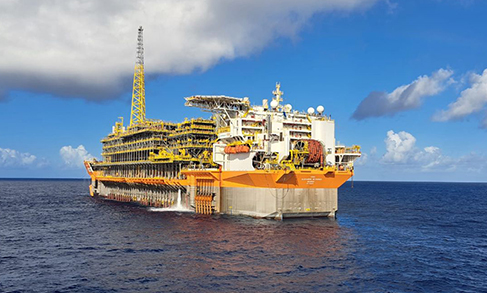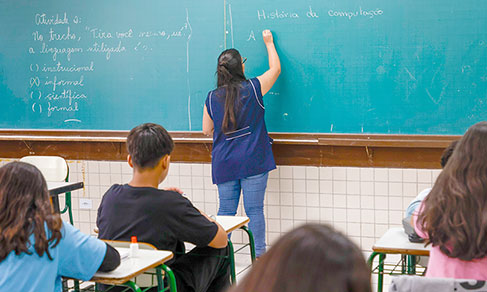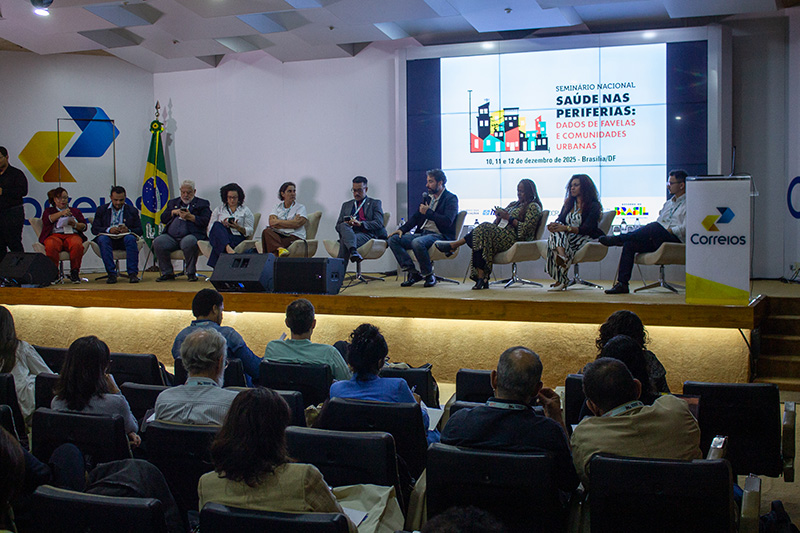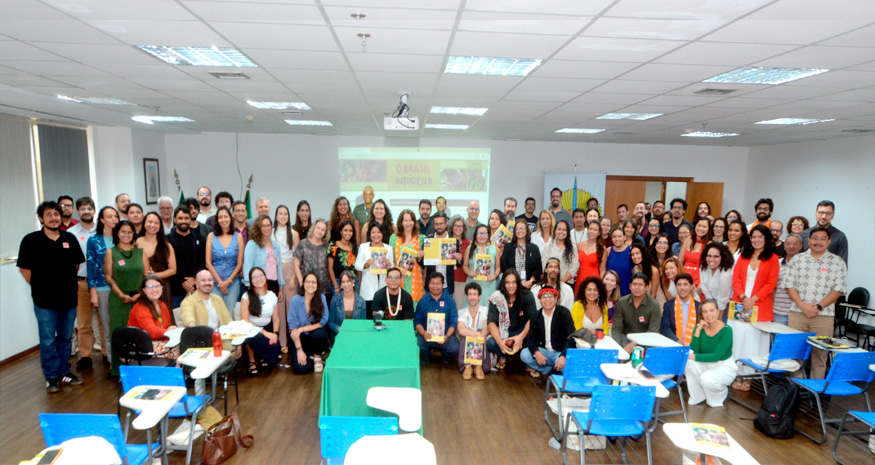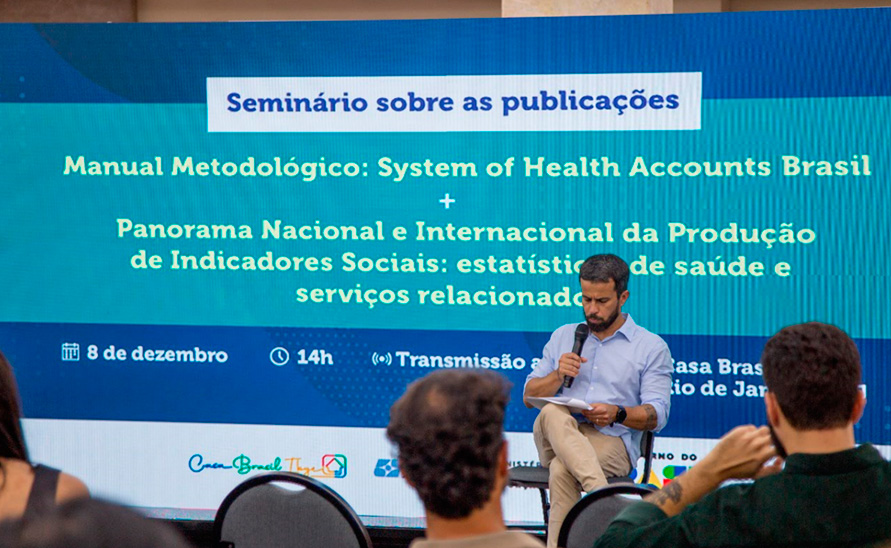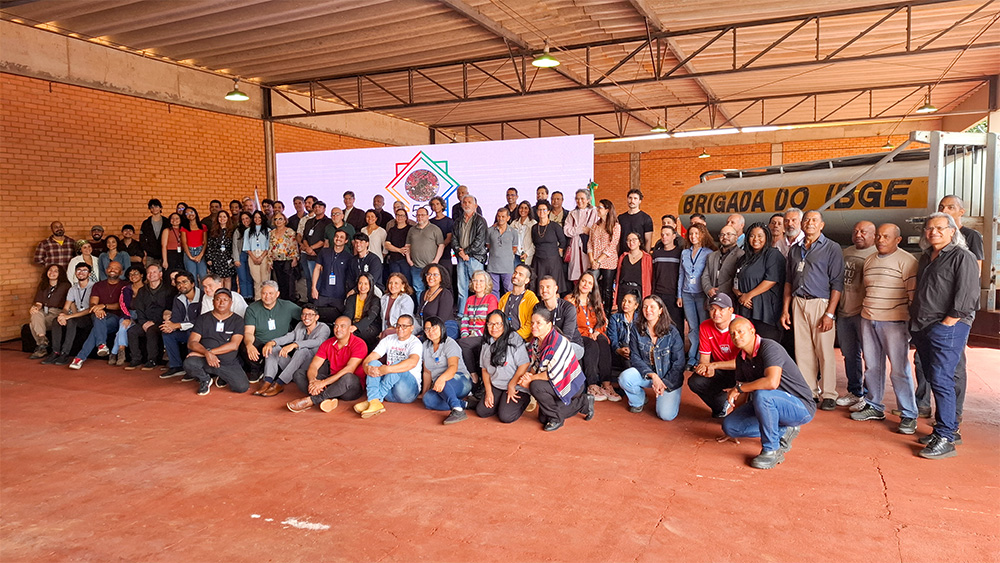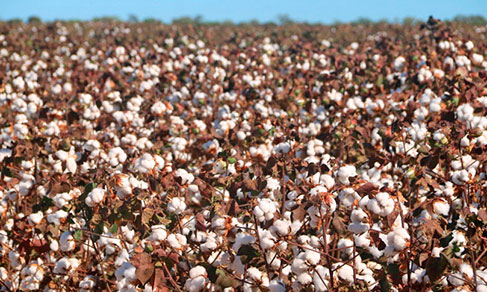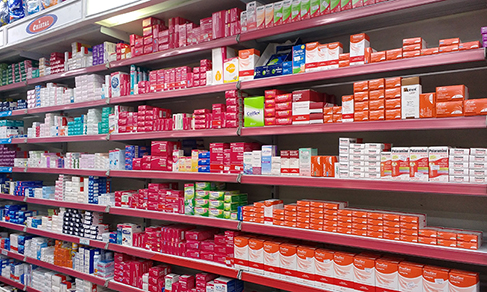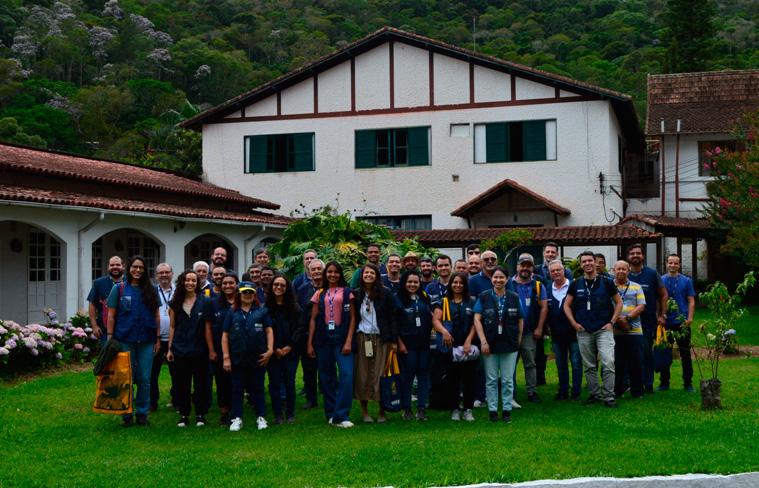IPP
Industrial prices fall 0.25% in September; accumulate -3.87% in the year
November 07, 2025 09h00 AM | Last Updated: November 07, 2025 10h19 AM
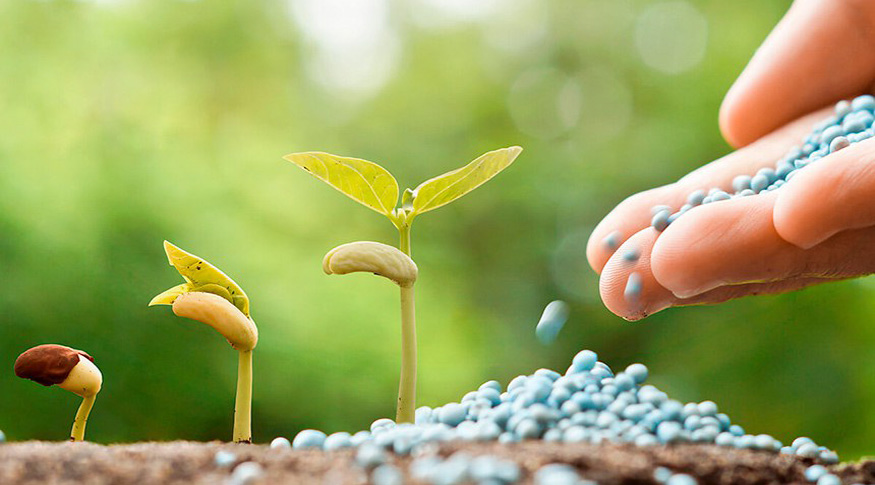
National industry prices fell 0.25% in September compared to August (-0.21%), the eighth consecutive negative rate after a series of 12 positive results in a row, between February 2024 and January 2025. Therefore, the Producer Price Index (IPP) fell 0.40% in 12 months and the cumulative result for the year was -3.87%. In September 2024, the monthly variation had been 0.62%. The data were released today (7) by the IBGE.
The Producer Price Index (IPP) of the Mining and Manufacturing Industries measures the evolution of the prices of products "at the factory gate", free from taxes and freight, and encompasses the broad economic categories.
In September 2025, 12 out of 24 industrial activities surveyed showed negative price changes when compared to the previous month, following the change in the index in the general industry. In August this year, 12 activities had also shown lower average prices compared to July.
The four most intense variations were in printing (3.59%); wood (-3.08%); wearing apparel (-2.29%); and other chemicals (-1.75%).
“As it has been happening in recent months and which helps to explain the new negative result in the month, the sectors that most influenced the general result showed price drops. Furthermore, as a general point, it is worth remembering another variable that generally also helps to explain the IPP results: the dollar. In September, the dollar fell 1.5% against the real. This was the eighth monthly decline in the year, which meant that the dollar would already accumulate a decline of 12.0% in 2025. And, in the last 12 months, the result is also negative, with a drop of 3.1% in the comparison between September 2025 and September 2024,” explains Murilo Alvim, the IPP manager.
The main influences between August and September came from other chemicals (-0.14 p.p. of influence), food products (-0.10 p.p.), machinery and equipment (-0.05 p.p.) and pharmaceuticals (0.04 p.p.).
From August to September 2025, the sector of other chemicals had the greatest influence (-0.14 p.p.) on the negative performance of industry, the second consecutive month with a drop in prices at the factory gate, -1.75% compared to the previous month (after recording -0.96% in August).
“The decline in fertilizers and their inputs, for example, reflected the weakness of demand in the domestic market, as a significant part destined to the next harvest has already been purchased by agricultural producers. In other words, there is a seasonal effect that helps to explain this reduction, which caused the group that manufactures inorganic chemicals to show a drop of 2.21% in the month. A lower demand in September, together with lower production costs, also helps to explain the lower prices observed for agricultural pesticides, such as fungicides,” explains Alvim.
The sector of food products changed -0.40% compared to August, the fifth consecutive negative result. As a result, the cumulative result for the year was -8.07%, becoming the lowest one for September since 2017 (-8.24%). After 15 consecutive months in the positive field, the cumulative result in 12 months became negative, -2.63%.
Third place in the ranking of the biggest influences on the IPP in August, machinery and equipment (-0.05 p.p.) once again recorded a negative performance after two consecutive months showing price increases compared to the previous month, with a drop of 1.17% compared to August.
Alvim notes that the highlight goes to the sector that manufactures tractors and machinery and equipment for agriculture and livestock, with a drop of 0.97% in September. “Mainly influenced by the lower prices of harvesting machines and seeders, planters and fertilizers, partially justified by the fall in the dollar and a reduced demand in the period,” explains the survey´s manager.
From the perspective of the broad economic categories, the price change observed between August and September 2025 had the following impact: -0.45% change in capital goods (BK); -0.60% in intermediate goods (BI); and 0.29% in consumer goods (BC), with the change observed in durable consumer goods (BCD) being 0.31%, while in semi-durable and non-durable consumer goods (BCND) it was 0.28%.
Know more about the IPP
The IPP aims at measuring the average change of sale prices received by the domestic producers of goods and services, as well as their evolution over time, signaling the short-term inflationary trends in Brazil. It is a key indicator for the macroeconomic follow up and, consequently, a valuable analytical instrument for decision makers, either public or private.
The survey investigates, in a few more than 2,100 enterprises, the prices received by producers, free from tax, tariffs and freight, defined according to the most usual commercial practices. Nearly 6 thousand prices are collected monthly. The complete IPP tables are available on Sidra. The next release of the IPP, related to October, will be on December 5.


